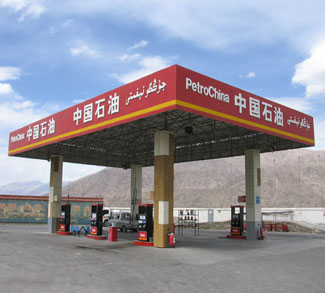With the Ukraine war stopping flows of Russian oil to Europe and attacks by the Houthis (an Iran-aligned militant group in Yemen) undermining maritime trade through the Red Sea, recent years have highlighted the vulnerability of energy markets to geopolitical developments. Despite the growing need to transition from fossil fuels to renewable energy, the world is set to continue to consume a significant amount of oil for many years. As such, oil producers and suppliers must be prepared to navigate the uncertain road ahead strategically. Although it is widely recognized that oil will become a less viable commodity, China’s economic slowdown suggests that significant changes are likely to occur much sooner than many had anticipated.
China’s transformation from an agrarian society in the 1970s to an industrialized nation is unprecedented. However, the weakening of the key catalysts that propelled China’s rapid ascent to an economic superpower has led to a slowdown in growth. Pervasive geopolitical tensions, combined with domestic challenges such as youth unemployment, the collapse of the property market, and population decline, are raising concerns about China’s growth. As the world’s second-largest economy, developments in China have far-reaching implications, driven by its deep integration into global markets. Research from the International Monetary Fund reveals that when China’s growth rate rises by 1 percentage point, global expansion is boosted by approximately 0.3 percentage points. This makes China’s economic trajectory a matter of keen interest worldwide.
Owing to the country’s substantial reserves, coal is China’s predominant energy source, with oil ranking second in terms of overall consumption. China is the second largest oil consumer in the world after the United States and possesses substantial domestic oil extraction and refining facilities. Much of the country’s domestic oil production is located in the northeastern provinces of Heilongjiang, Liaoning, and Jilin. On average, in 2023, China produced 4.2 million barrels of oil per day, but also imported 11.3 million barrels. As China consumes more oil than it produces, the country plays a major role as a key market in the global oil supply chain.




